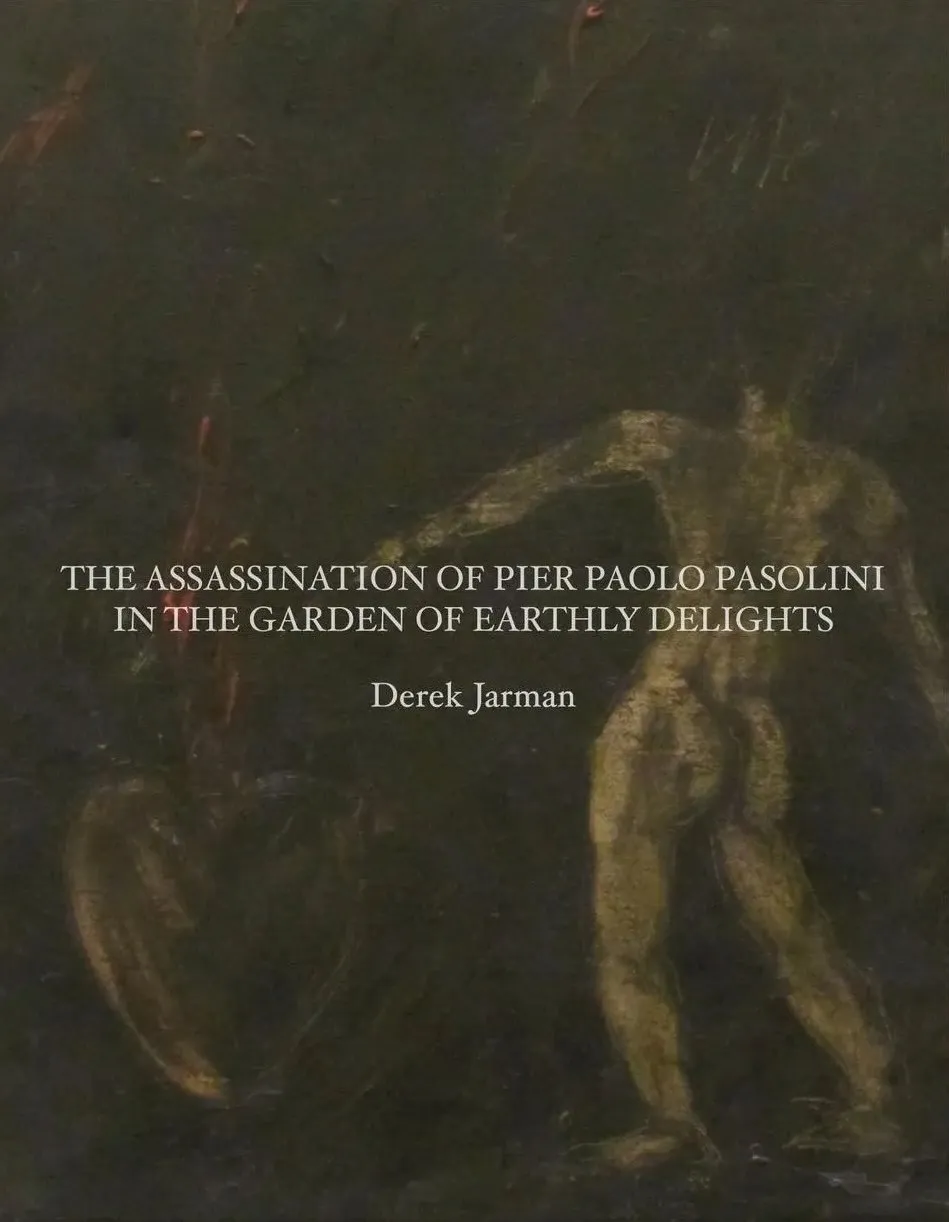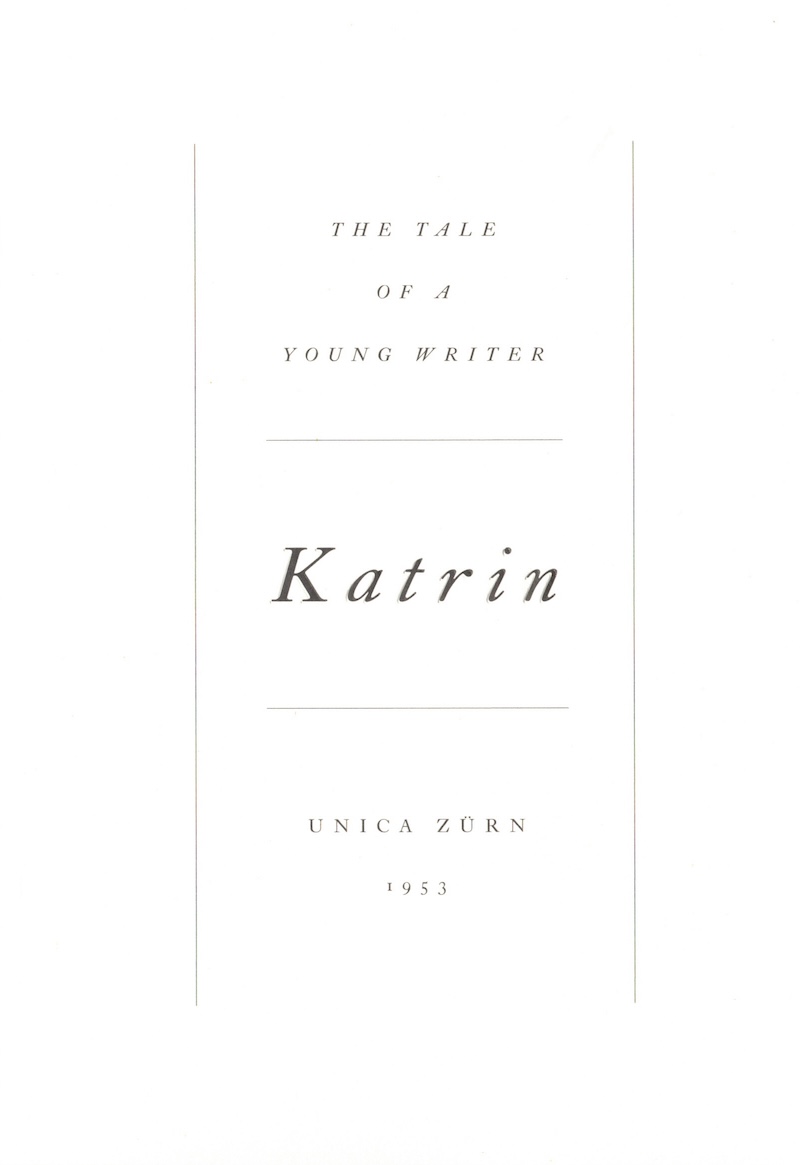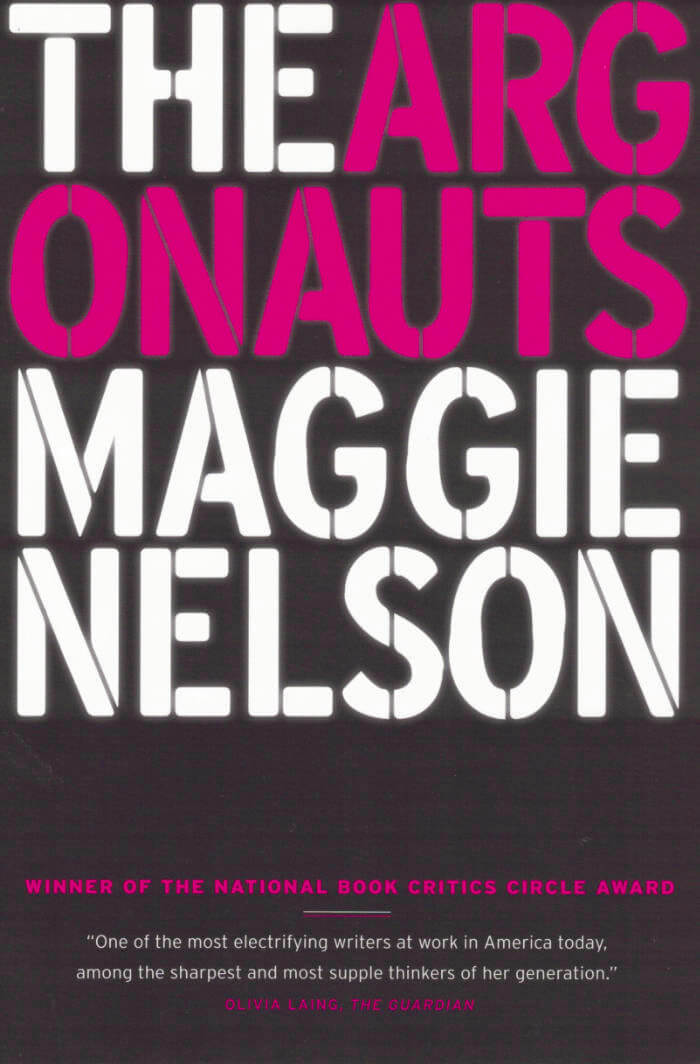
Candles and Water
Candles and Water is a queer pillow book: a document of wreckage, haunting, and survival.
This collection is made of fictions and diaries, dreams and lists, lies and ghost stories. Its fragments and filaments are lonely, joyous, enraged, sickly, and lost; and when they crystallize around a single voice, it is by way of healing from grief and recovery from addiction.
Timothy Thornton is a writer and musician. His work was in Volume 2 of the new Penguin Modern Poets series, and he has published eleven books of poetry with small presses. He organised two series of reading and performance nights in Brighton: 'evenly and perversely' and 'WHAT YOU NEED'. He has composed and performed scores for productions at Battersea Arts Centre and The Yard Theatre.
'Candles and Water risks everything, daring to explore powerful vulnerabilities, yearning, and unabashed hope. Elusiveness and the whisperings of shadows inhabit these pages, always illuminated and burnished by the voice of a poet'. — Thomas Glave, author of Among The Bloodpeople
'Timothy Thornton's Candles and Water is a rare and transformational book, haunting, beautiful and watchful. Writing that follows its brush like Sei Shōnagon.' — David Hayden, author of Darker with the Lights On
'These radical, scattered shards of life and sensation. . . come to a whole, coalescing like bioluminescence. . . witty, dark, profound, devastating. One long séance with a fellow human soul.' — Philip Hoare, author of RISINGTIDEFALLINGSTAR






